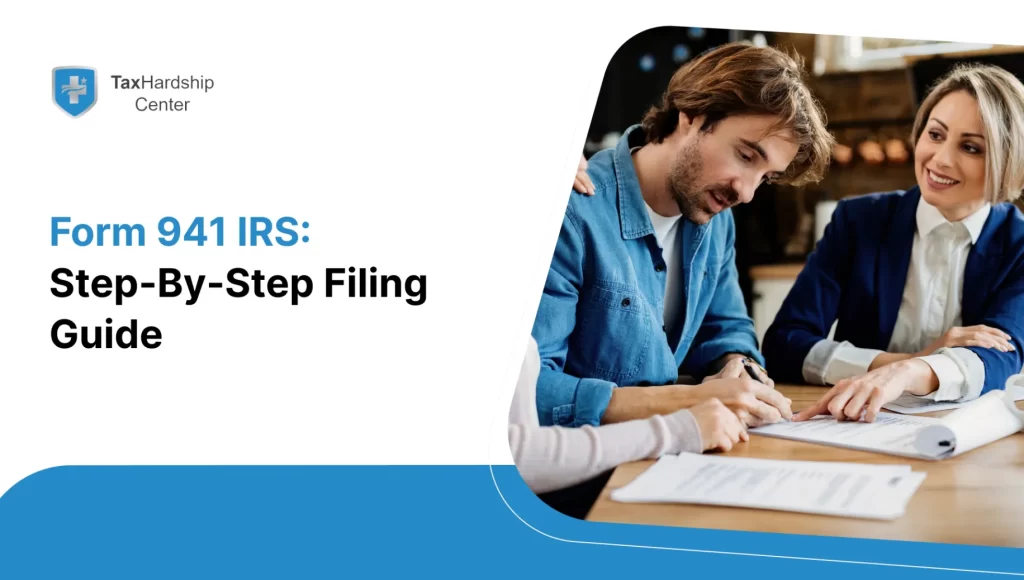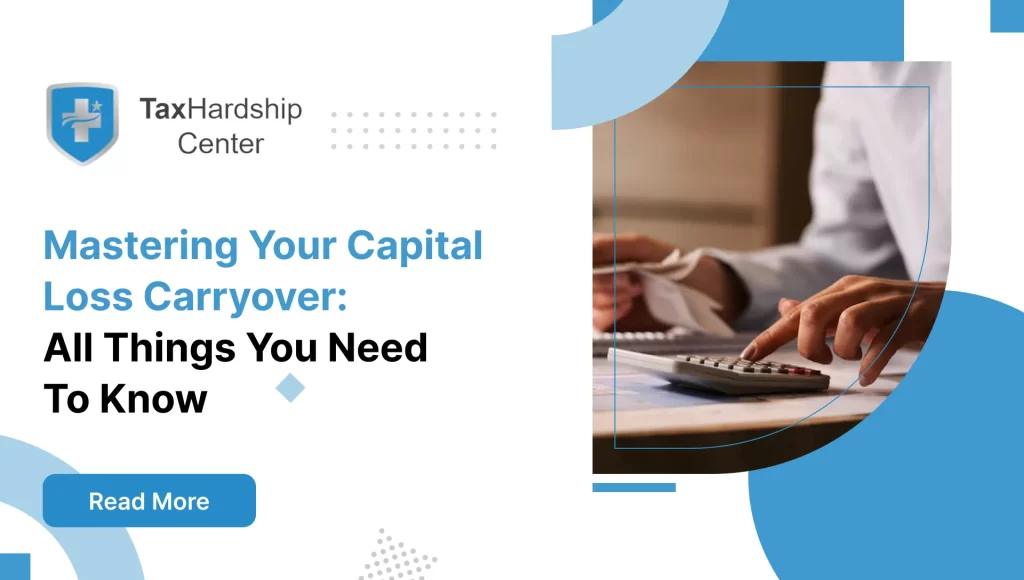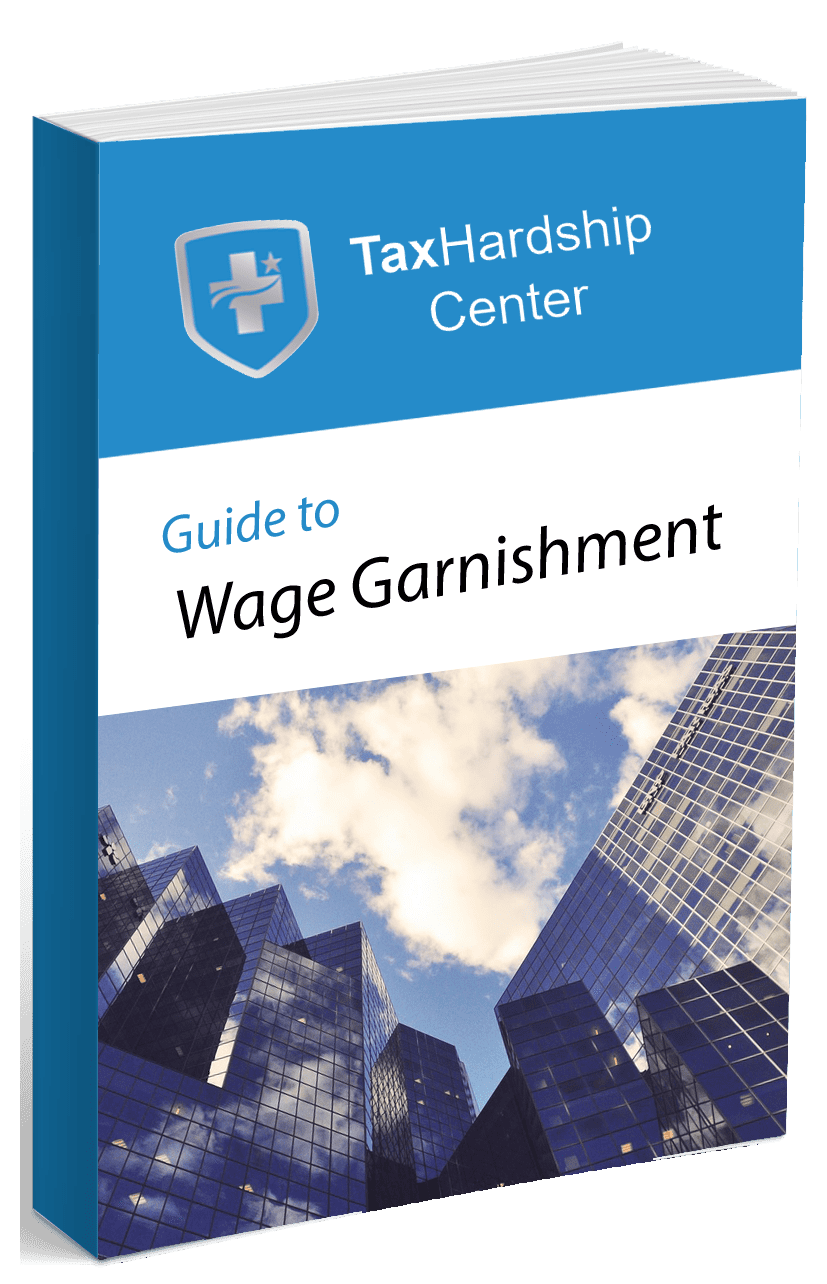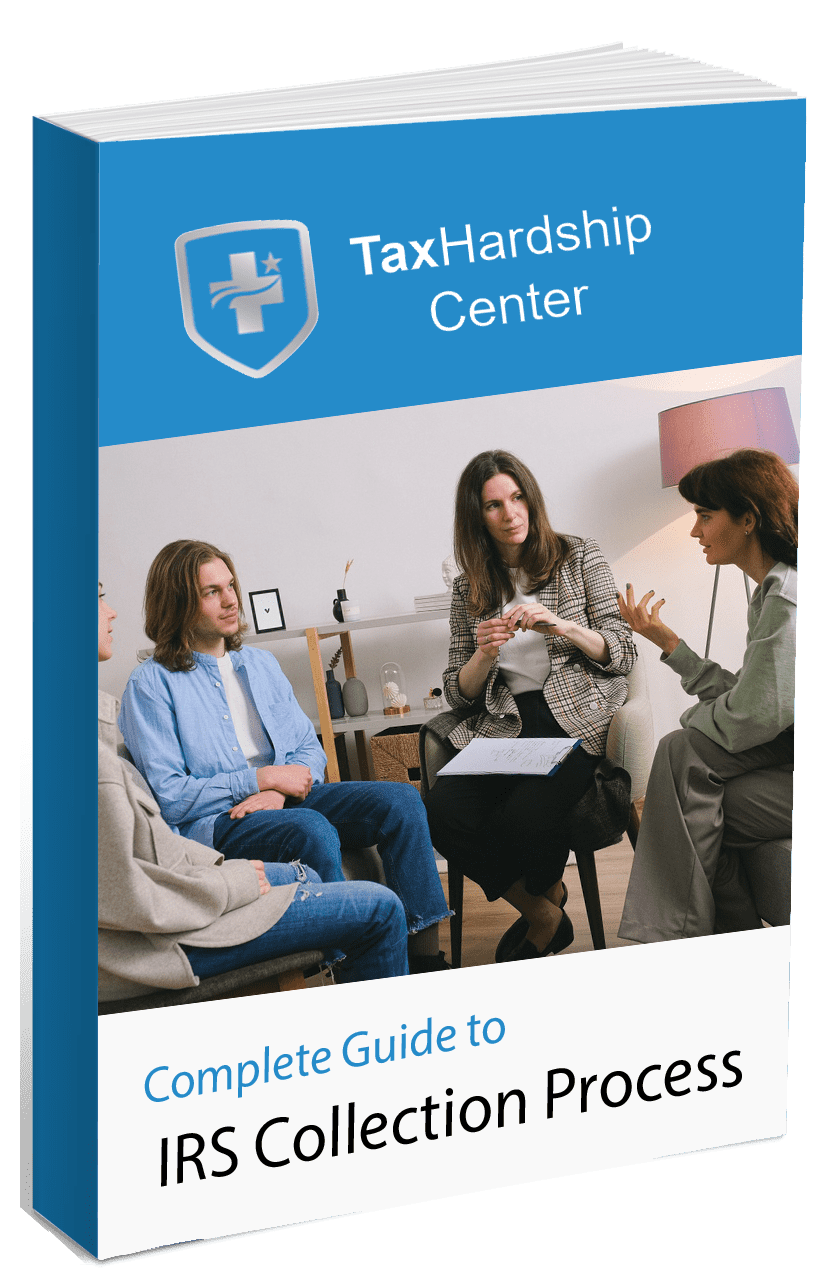Tax debt relief companies guide taxpayers through IRS programs such as Offer in Compromise and Installment Agreements, negotiating to reduce penalties and set up manageable payment plans. At Tax Hardship Center our Offer in Compromise service packages expert preparation of Form 656 with a hardship narrative that highlights your inability to pay full liability. Clients compare that to our Fresh Start Program which bundles penalty abatement and noncollectible status under one flat fee. Meanwhile U.S. News reports only about 15 percent of OIC applications succeed without professional help .
Understanding Tax Debt Relief
Tax debt relief refers to official IRS channels that ease your burden of back taxes and related penalties. Options include installment agreements that stretch payments over time, penalty abatement to waive fines, currently noncollectible status when income falls below IRS thresholds and Offers in Compromise for qualifying hardship cases. Our penalty abatement guide explains how Form 843 can remove fees for reasonable causes such as medical emergencies. For a deeper dive into settlement options see our blog on the IRS Tax Reduction Program
How Tax Hardship Center Supports Form 941 Filings
Tax Hardship Center helps employers handle Form 941 filings with expert support. Our federal tax relief program streamlines payroll tax obligations so you file on time. We review your completed form line by line, verify deposit schedules and spot potential errors before submission. If you owe back taxes or face penalties.
We offer personalized guidance through our online portal and live consultations. Clients access step-by-step tutorials at our services page. Our team stays current on IRS rule updates so you file with confidence. Contact us here to schedule a free consultation.
What Is Form 941 IRS and How to File It Correctly
Form 941 IRS serves as the standard employer’s return for reporting employment taxes quarterly. It helps the IRS verify that you paid Social Security, Medicare and withheld income taxes. Filing Form 941 on time keeps your account in good standing and avoids penalties.
What Is Form 941?
Form 941, Employer’s QUARTERLY Federal Tax Return, summarizes wages and withheld taxes for the quarter. Companies with employees report amounts withheld for Social Security, Medicare and federal income tax. The form also tallies advance earned income credit payments and adjusts for fractions-of-cent payments.
Who Must File Form 941?
Most employers who pay wages subject to federal income tax withholding submit Form 941 each quarter. That includes corporations, partnerships, nonprofits and sole proprietors with employees. If you withheld Social Security or Medicare taxes or collected income tax during any quarter you must file.
Employers can learn about relief options through our federal tax relief program at Tax Hardship Center to manage payroll tax burdens effectively.
Exceptions to Filing
Household employers file Form 944, not 941, if IRS notifies them to shift to annual reporting. Employers of seasonal workers who pay no wages during a quarter still file Form 941 unless the IRS grants an exemption. Agricultural employers follow special reporting on Form 943.
Key Components of IRS Form 941
Form 941 breaks into clear sections you complete each quarter. It lists wages, withheld taxes, adjustments and total liability. Understanding each part helps you fill the form accurately.
Reporting Wages and Employment Tax
In Part 1 you report total wages, tips and other compensation. Then list federal income tax withheld plus both employer and employee shares of Social Security and Medicare taxes. You can reference the official IRS Form 941 instructions for detailed line-by-line guidance.
Adjustments for Sick Pay, Tips and Group-Term Life
Part 1 also covers adjustments. Enter fractions of cents, sick pay and tips you paid. If you offer group-term life coverage above 50,000 dollars, report that cost. These adjustments fine-tune your total tax liability.
Depositing Requirements
IRS sets deposit schedules based on your total tax liability. Monthly schedule depositors pay by the 15th of the following month. Semiweekly depositors face different deadlines. Review SHRM’s article on federal employment tax schedules to match your deposit timing precisely.
Schedule B and Form 941
If you have more than 50,000 dollars in payroll taxes on Form 941 you complete Schedule B to report tax deposits by date. This record supports your deposit schedule and simplifies IRS audits. Attach Schedule B to Form 941 when you file.
Filing Deadlines and Frequency
IRS expects Form 941 each quarter. File on time to avoid penalties. Understand due dates and plan your payroll calendar accordingly.
When to File Each Quarter
Quarter one covers January through March and falls due April 30. Quarter two covers April through June, due July 31. Quarter three covers July through September, due October 31. Quarter four covers October through December, due January 31.
Late Filing Consequences
Filing late triggers a penalty of 5 percent per month on unpaid tax, up to 25 percent. IRS may also charge a late payment penalty. Both fees add up quickly so file ahead of the due date.
What to Do If You Miss the Deadline
If you miss the deadline, file Form 941 as soon as possible. Pay taxes owed with the form to reduce penalties. Consider penalty abatement services at Tax Hardship Center to seek forgiveness for first-time mistakes.
How to File Form 941
You can file Form 941 electronically or on paper. We detail both methods plus tips on payroll software filing.
Electronic Filing
E-filing happens through IRS-approved transmitters. You submit Form 941 via the IRS Modernized e-File system. Use approved software or a service provider.
Paper Filing
To file on paper, mail Form 941 to the address listed in IRS instructions. Print clearly and include any required payment voucher.
Filing with Payroll Software
Many payroll providers integrate Form 941 filing automatically. Check software settings and confirm the correct quarter and year before submitting.
Common Errors to Avoid
Even experienced employers slip up on Form 941. Check these areas before filing. For more details on avoiding pitfalls, see our small business tax relief guide.
Incorrect Employee Information
Verify employee names and Social Security numbers match Social Security Administration records. Mistyped SSNs delay processing.
Math Mistakes
Double-check your calculations. The IRS will reject forms with errors. Use software or a calculator when adding wages and taxes.
Using Wrong Tax Period
Confirm the quarter and year at the top of the form. A wrong period can invalidate your return and trigger penalties.
Missing Signatures
Don’t overlook the required signature and date. IRS treats unsigned returns as incomplete and may assess late filing penalties.
Amending Form 941
When you spot an error after you file, fix it with Form 941-X. This process corrects wages and taxes without triggering penalty mistakes.
When to File Form 941-X
File Form 941-X within three years of the original due date or within two years of payment, whichever is later.
How to Complete Form 941-X
Complete only the lines you need to change. Explain each correction in Part 4. Enter the correct amounts and original entries.
Timeframe for Corrections
IRS typically processes Form 941-X within 90 days. Keep proof of mailing and records of any revised payments or refunds.
Penalties and Interest
IRS assesses fees when you miss filing or payment deadlines. Understand penalties to avoid unnecessary costs.
Late Filing Penalty
IRS charges 5 percent per month on unpaid tax for up to five months. The minimum penalty is 210 dollars for small businesses.
Late Payment Penalty
If you file but don’t pay, IRS adds a penalty of 0.5 percent per month on the unpaid balance, up to 25 percent.
Interest on Unpaid Tax
IRS accrues interest daily on unpaid tax from the original due date until paid in full. Rates adjust quarterly based on federal rates.
Seasonal Employers and Special Cases
Seasonal employers and household or agricultural businesses follow unique rules on Form 941.
Seasonal Employer Reporting
Seasonal employers experience fluctuations in payroll based on peak business periods, such as retail during holidays or agricultural harvests. If you pay wages only during certain months, file Form 941 for any quarter in which you process payroll. You must still track tax deposits and submit your return by the due date even if your workforce varies, because the IRS assesses penalties for missed filings regardless of seasonality. Review your historical tax liability to confirm whether you qualify for a monthly or semiweekly deposit schedule and adjust your payroll calendar to include filing reminders at the start of each active quarter.
No Wages Paid in a Quarter
Even if you pay no wages during a quarter, you must check your deposit schedule to determine whether a “zero return” applies. Employers on a semiweekly schedule generally file Form 941 with zero wages to maintain compliance status. Submitting a zero wage return prevents IRS notices and keeps your employer identification number active. To confirm your requirements, consult the IRS instructions or review your Electronic Federal Tax Payment System records. Maintain clear documentation of wage inactivity to substantiate your decision in case of an audit.
Household and Agricultural Employers
Household employers who hire domestic workers, such as nannies, housekeepers and caregivers, report Social Security, Medicare and withheld income tax on Schedule H of Form 1040 rather than on Form 941. You calculate total wages and taxes due, then attach Schedule H to your annual personal return. Agricultural employers follow a different process: they file Form 943, Annual Tax Return for Agricultural Employers, to report crop worker wages and employment taxes once per year. Both types of employers must track payments meticulously, issue W-2 forms and remit any taxes due by the prescribed deadlines to avoid penalties.
Best Practices for Compliance
Maintain accurate records and review IRS rules to make Form 941 filing a routine task.
Keep Accurate Payroll Records
Document wages, withholding and deposit dates. Store records for at least four years.
Use a Reliable Payroll Provider
Outsource filing to a trusted payroll service that handles deposit schedules and e-filing.
Match Deposits to Liability
Reconcile your payroll tax liability with deposit history each quarter. Ensure you cover the full amount by the due date.
IRS Tools and Resources
IRS offers free instructions and publications to guide Form 941 filing. Tap into available resources to stay compliant.
IRS Instructions and Publications
The official IRS Form 941 instructions detail line-by-line explanations and mailing addresses. You can download them from the IRS website.
Where to Get Help
If you have questions, consult our federal versus state tax obligations post for deeper context on state-level rules. For live support, visit the IRS Telephone Assistance page.
Contacting the IRS for Questions
You can chat with an IRS agent online or call the IRS Telephone Assistance line Monday through Friday. Keep your EIN and any relevant notices on hand.
Conclusion
Accurate Form 941 filing keeps your business in good standing and avoids costly penalties. You now understand who must file, what to report and how to correct errors. Keep your payroll records updated, reconcile deposits and check deadlines each quarter. When you need expert support, turn to our team at Tax Hardship Center to guide you through relief options and ensure compliance. Visit our website to explore services and resources that simplify your payroll tax reporting.
Why Tax Hardship Center?
1. Hassle-Free Assistance:
Say goodbye to sleepless nights and endless tax-related stress. At the Tax Hardship Center, we believe in simplifying the complex. Our team of experts is dedicated to guiding you through every step of the process, ensuring that your tax concerns are met with precision and care.
2. 14-Day Money Back Guarantee:
We’re so confident in our ability to ease your tax worries that we offer a 14-day money-back guarantee. If you’re not satisfied with our service for any reason, we’ll gladly refund your investment. Your peace of mind is our top priority!
3. Free Consultation:
Are you curious about how we can transform your tax experience? Book a free consultation now! Our team will assess your situation, answer your questions, and provide free insights tailored to your needs.
4. Nationwide Coverage:
No matter which corner of the United States you call home, the Tax Hardship Center covers you. We proudly serve all 50 states, bringing our expertise to your doorstep. Wherever you are, our commitment to excellence follows.
FAQs
Can I file Form 941 annually instead of quarterly?
The IRS requires most employers to file quarterly on Form 941. If the IRS notifies you, you may use Form 944 for annual reporting. Always confirm with IRS guidance before skipping a quarter.
Do I need to file if I didn’t pay wages?
If you paid no wages and owe no taxes in a quarter, you generally skip Form 941. Seasonal employers may still need to file based on deposit schedules. Check IRS rules or consult our federal versus state tax obligations post for details.
Can I amend a previously filed return?
Yes. Use Form 941-X to correct wages, tax amounts and adjustments. File within three years of the original due date or two years of payment. Explain each change in Part 4.
How do I know my deposit schedule?
Your deposit schedule, monthly or semi-weekly, depends on your total tax liability. IRS provides thresholds in the Form 941 instructions. Review the rules carefully to confirm which schedule applies.
What happens after I file Form 941?
After filing, IRS processes your return and applies payments to your account. Electronic filers receive a confirmation code. Paper filers get an acknowledgment by mail. Keep records for four years.







